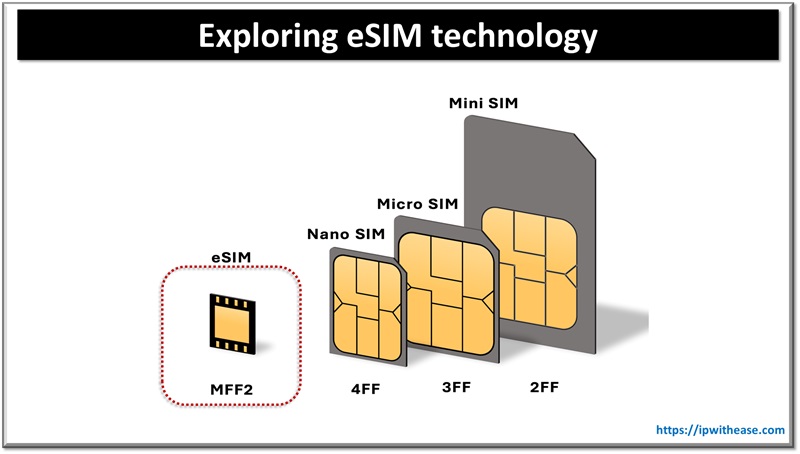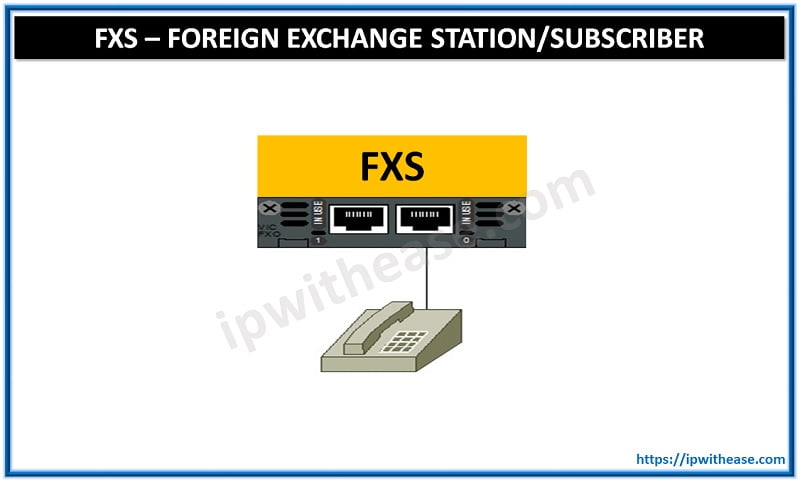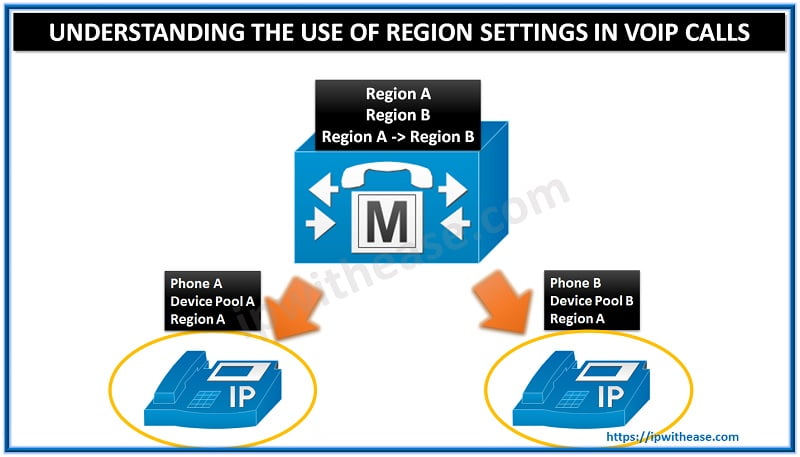Table of Contents
eSIM technology has been around for almost a decade now, experiencing rapid adoption over the years, especially across smartphones, tablets, and other consumer devices. As a digital alternative to traditional SIM cards, eSIM represents a major leap forward in mobile connectivity, changing the way users connect to carrier networks and manage their cellular plans.
In 2023, the global eSIM market was estimated at 4.7 billion U.S. dollars and is expected to reach 16.3 billion U.S. dollars by 2027. Moreover, 98% of operators plan to include eSIM services in their offering and the number of mobile devices with eSIM capabilities is predicted to rise to 3.4 billion by 2025. This means that eSIM will likely become the norm in the near future as it will eventually phase out traditional SIMs.

But despite the growing popularity and pervasiveness of eSIM technology, its inner workings, fundamental characteristics as well as the impact on the telecommunications industry remain a mystery to most. So, in preparation for the eSIM revolution ahead, let’s explore eSIM’s intricacies and find out what’s behind this powerful technology.
What is eSIM technology and how does it work?
With eSIMs gaining more ground in the consumer market, more people want to know how they function and what makes them different from conventional SIM cards. The answer lies in the name: eSIM stands for embedded SIM. So, as it says on the tin, eSIMs are directly integrated into the device’s hardware, be it a smartphone, tablet, or wearable gadget, and made remotely reprogrammable through software.
ESIMs are a digital version of traditional SIMs and feature the same capabilities, allowing users to connect to their carrier of choice and activate mobile plans with ease. However, instead of having to introduce a physical plastic card into their device, the card is already soldered into the device’s motherboard.
Since they represent a digital solution, eSIMs take a different route than physical SIMs to facilitate connectivity. While SIMs are pre-programmed with authentication data, which ties them to a specific carrier, eSIMs hold the subscriber’s information stored electronically in an eSIM profile and are rewritable.
All that users have to do is download an eSIM profile either by manually entering the activation code provided by the carrier, scanning a QR code, or through in-app activation. The process is simple and straightforward and involves following a few simple steps that take but a few minutes to complete.
Therefore, eSIMs provide the freedom and flexibility to switch between network providers seamlessly and even create multiple operator profiles. Users can forget all about swapping physical SIM cards, enjoying greater speed and convenience, which is especially useful while traveling. For example, if one travels to the US and wants to stay connected without having to worry about costly roaming fees, getting an eSIM while traveling can make things infinitely easier.
From the manufacturers’ perspective, integrating eSIM technology frees up space for other components and features. This allows them to create devices with enhanced functionality and performance or with a sleeker design.
While the advantages are obvious, there are also limitations to take into account. Although eSIM has gained a lot of ground in the telecom industry since its inception, it hasn’t yet reached mainstream adoption. This means certain devices and mobile operators might not support the technology. So, it’s necessary for users to check if their devices are eSIM compatible and if carriers in their region provide eSIM cellular plans if they want to make the switch.
The rise of eSIM connectivity
Before we get into technicalities, we should start by making a quick foray into eSIM’s history. It all started in 1991, with the development of Subscriber Identity Module (SIM) cards. These tiny plastic cards that everyone is already familiar with made it possible for mobile devices and service providers to operate independently from each other by storing unique identifiers such as the international mobile subscriber identity number (IMSI) and the authentication key (KI).
Almost a decade later, in 2010, eSIM technology emerged as a solution for streamlining connectivity among devices in the Internet of Things (IoT) sector. Soon enough, the innovation caught the interest of manufacturers in the consumer device market. This prompted the Global System for Mobile Communications (GSMA), a non-profit organization that supports the activity of mobile network operators worldwide, to publish the eSIM standard in 2016 and introduce what they called remote SIM provisioning to the consumer market.
Google was the first company to leverage eSIM technology by integrating it into their Pixel 2 smartphones in 2017. Apple followed in Google’s footsteps shortly after, incorporating eSIM capabilities into their iPhone XR and iPhone XS series released in 2018 and 2019. Interestingly enough, Samsung is the one holding the record for the largest number of eSIM-compatible smartphone models, having launched 26 eSIM-supported phones so far.
A gamechanger for the telecom industry
With eSIM adoption expected to increase considerably over the next few years, its rise to prominence is bound to have a profound impact on the telecom industry. One of the most notable shifts eSIMs could bring about is a leaner and more sustainable supply chain. By removing the need for physical components like traditional SIMs to be delivered to consumers, there’s going to be less waste and a more simplified process in the future, which also leads to reduced logistics costs.
It also has to be noted that eSIMs are easier to diagnose and fix in case of malfunctions, which makes their management all the more convenient. This is especially important for industries that rely on IoT technology such as automation and healthcare, where reliability is paramount.
Given their innovative nature and the simplified production process, eSIMs will also make it easier for new carriers to enter the market. On the other hand, having more carriers compete against each other for the same customers might also increase the need for brand differentiation and lead to new approaches in marketing strategies.
All in all, although eSIMs are much younger than their predecessors, their hold on the telecom industry is only going to increase in the years to come, bringing along a plethora of changes and challenges.
ABOUT THE AUTHOR
IPwithease is aimed at sharing knowledge across varied domains like Network, Security, Virtualization, Software, Wireless, etc.



